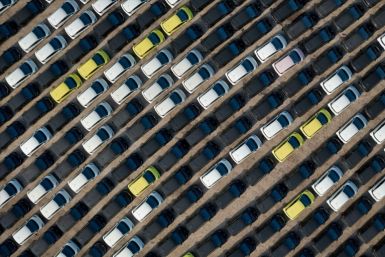Scientists use mushrooms for new batteries to power cell phones, electric vehicles
Scientists enhanced a type of mushroom to create new efficient batteries that could increase the power run-time of cell phones and electric vehicles rather than to decrease after many uses. Developers consider the mushroom-type portabellas have lower economic and environmental cost than the conventional battery materials.
The inexpensive, sustainable mushrooms are expected to improve the production of batteries for the projected growth of demand on electric vehicles and electronics. Scientists aim to use the portabella mushrooms to replace the current industry standard material, synthetic graphite, for batteries.
Engineers from the University of California Riverside said that the mushrooms will be an effective alternative due to its high porosity. Highly porous materials have a lot of small spaces for liquid or air to pass through, allowing batteries to have greater space for the storage and transfer of energy.
The porosity of portabella mushrooms, the researchers said, will improve future batteries and devices with longer performance. The mushrooms also have high potassium salt concentration, which can help increase the capacity of rechargeable batteries.
"With battery materials like this, future cell phones may see an increase in run time after many uses, rather than a decrease, due to apparent activation of blind pores within the carbon architectures as the cell charges and discharges over time," said Brennan Campbell, a graduate student in the Materials Science and Engineering programme at UC Riverside.
Manufacturing synthetic graphite has been found to be harmful to the environment and costly because of the use of acids to activate the material. The researchers considered using biological materials from organisms as a replacement. Natural materials were found to come at low cost and no environmental impacts, researchers say.
The study, published on Sept. 29 in the journal Scientific Reports, shows that about 900,000 tonnes of natural raw graphite will be required to produce batteries for almost 6 million electric vehicle by 2020. The European Union predicts that the large demand of graphite will involve the use of harsh chemicals, including hydrofluoric and sulfuric acids, and would create vast quantities of unsustainable hazardous waste in the future.
Contact the writer at feedback@ibtimes.com.au or tell us what you think below






